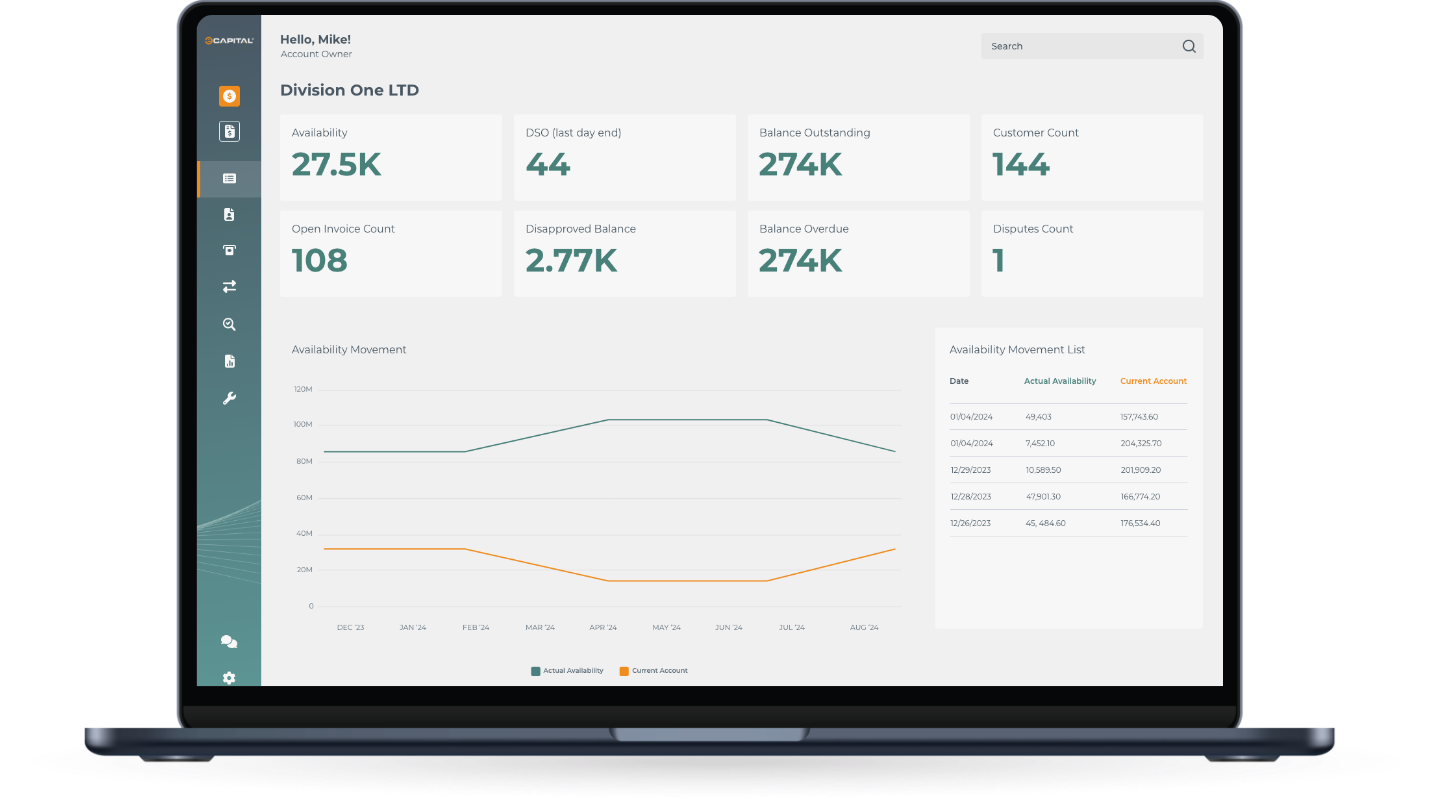Cash flow is the lifeblood of any business, and customer non-payment can quickly disrupt it. When a debtor fails to pay, it creates a gap in expected income, which can have knock-on effects on your ability to pay suppliers, staff, or HMRC. For SMEs, even a single unpaid invoice can trigger a chain reaction of financial strain.
Bad debt protection helps by guaranteeing that your receivables are secure. Even if a customer defaults, your finance provider covers the outstanding amount. This means you can continue to rely on a predictable cash flow, regardless of individual debtor performance.
In practice, this creates stability. You can forecast more accurately, budget with confidence, and make decisions without the fear that a sudden insolvency will derail your plans. It also strengthens your working capital position, which is vital for winning new contracts or negotiating supplier terms.
With eCapital, bad debt protection can be layered onto invoice, cash flow, or discounting finance. This dual benefit of liquidity plus protection ensures your




